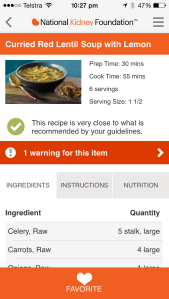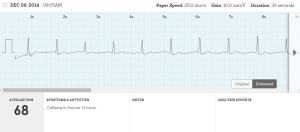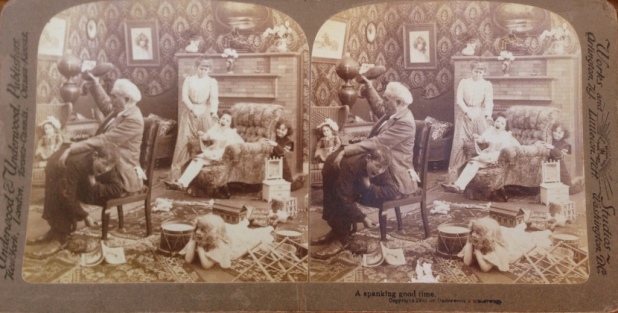Marli (not her real name) wrote recently:
Hello, my name is Marli. I am learning a lot from your blog so thank you so much for all that you are doing.
I am 19 years old and my boyfriend is 24. We have been together about 8 months. He was born with failed kidneys and it is a very touchy subject for him so I’m afraid to ask him about it.
From what I have gathered so far is that he had two more kidneys put in but they failed too. He has had an operation twice in the time we have been together on his fistula, I think because it was collapsing.
He often has low blood pressure, but it’s getting better. I know he has eating and drinking restrictions, I just don’t know what they are because he never follows them.
I like going to dialysis with him and I don’t mind staying in most of the time. I guess what I want to know, if you can help me with it, is what his food restrictions might be and what I can do to be a better more supportive girlfriend for him.
Marli
Hi Marli. Wow, being born with kidney failure your boyfriend has obviously had quite a challenging life, and he is only 24. I can understand his attitude. From what you say, he has never had a ‘normal’ life; his has alternated between the relative restriction of dialysis and the relative freedom of a transplant. I don’t know how long the transplanted kidneys lasted, but it is always a shock going back on dialysis.
Now he is back on dialysis, and it sounds like he is angry and finding it difficult to accept being there. At a logical level, most people come to terms with needing dialysis reasonably quickly. They can handle the needles and the hours in the chair; they feel healthier and have more energy; they understand that they need dialysis to live. But at an emotional level things are often very different: we all mourn and resent the loss of our health and freedom.
When I went back on dialysis after my second transplant failed after three years, my anger lasted off and on for several years, not only because my transplant had failed me but because the freedom it had given me was over. I was not above sending messages of anger or denial: coming in kilos overweight, ignoring fluid restrictions and diet, forgetting binders and OD-ing on salt.
Sound familiar?
Of course, I eventually worked out that the only one on the receiving end of my anger was me. But it takes time. it is actually a well-known grief cycle (see Dialysis from shock to acceptance). Some admit it, others are in too deep. Some of us go fast, others slow. But we get there eventually, and so will he.
I am sure he appreciates having you there, so don’t be discouraged. He is going through a normal but painful process. You being there with him can only help him get through it a little quicker.
Regarding food, have a read of the attached Briefing on Dialysis and Diet. It is a good place to start to get an understanding how the two are intertwined and what you can do to help your boyfriend. For specific ideas, recipes, etc, just do a Google search on each of the items in bold on the briefing, with “Kidney diet and” in front of it (eg Kidney diet and potassium). There is a wealth of information available.
Also, check out a new App for renal patients called My Food Coach. It is hosted by the US National Kidney Foundation, and it is excellent. It’s free and well worth signing up.
You provide basic info (age, gender, height, weight, activity level) and chronic diseases/stages. The App will then assign your boyfriend clinical dietary guidelines from major health associations and perform a nutrition analysis on every food item. You can see instantly which recipes pass his personal dietary guidelines (with a green tick), which are reasonably healthy, which are bad and which are forbidden outright.
You or he can add any of your own recipes to the system, and get personalized Nutrition Insights on them. And anyone else using the app can get their own personalized insights based on their own dietary guidelines.
I will be reviewing the App in detail in my next post.
Good luck! Greg

 Professional dialysis recruitment
Professional dialysis recruitment
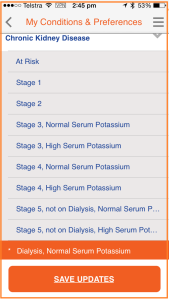
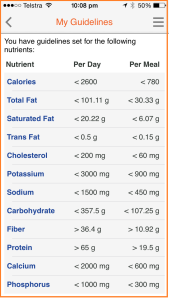 supermarket food item, recipe or a meal it measures it against the guidelines, and tells me if it is OK (with a green tick), is reasonably healthy, bad and or forbidden.
supermarket food item, recipe or a meal it measures it against the guidelines, and tells me if it is OK (with a green tick), is reasonably healthy, bad and or forbidden.
